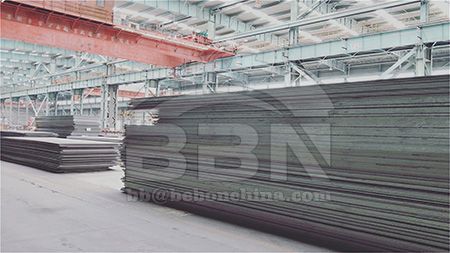
The downward drive of steel raw material costs refers to a situation where the prices of key inputs used in steel production, such as iron ore and coking coal, are experiencing a noticeable decline. This can be influenced by various factors including global supply and demand dynamics, changes in mining and extraction practices, and macroeconomic trends.
When the cost of steel raw materials decreases, it can have a positive impact on the steel industry. Lower input costs can improve profit margins for steel producers and make steel products more affordable for consumers. This can stimulate demand and potentially boost production levels.
However, it's important to note that the steel industry is complex and influenced by multiple factors. While lower raw material costs may be advantageous, other aspects like energy costs, transportation expenses, labor wages, and market conditions also play significant roles in shaping the overall cost structure and profitability of the industry.
Steel companies closely monitor and analyze raw material costs to make informed decisions regarding production, pricing, and investment strategies. They aim to optimize their operations and respond effectively to changes in raw material prices to maintain competitiveness in the market.
Just like you, 70% customers choose long-term cooperation with BBN steel not only for our good product and service quality, good reputation in the international market, but also for our experienced one-stop raw material supply and further steel processing!
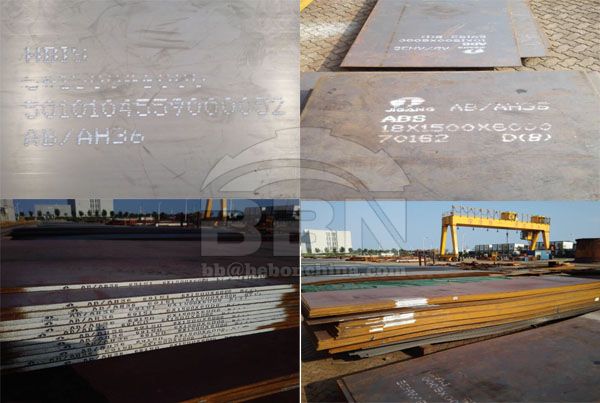
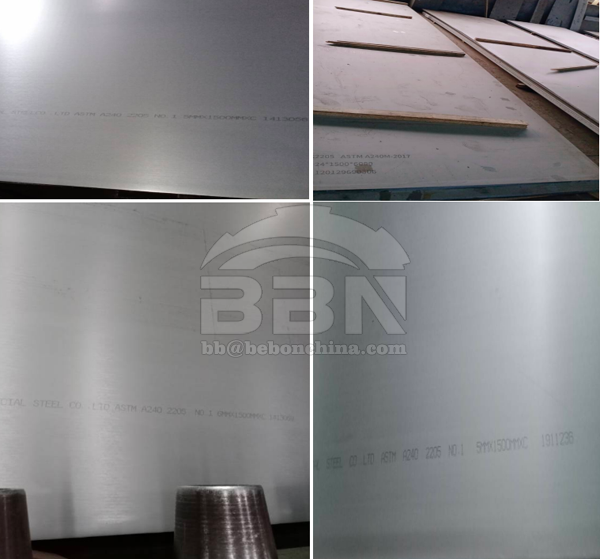


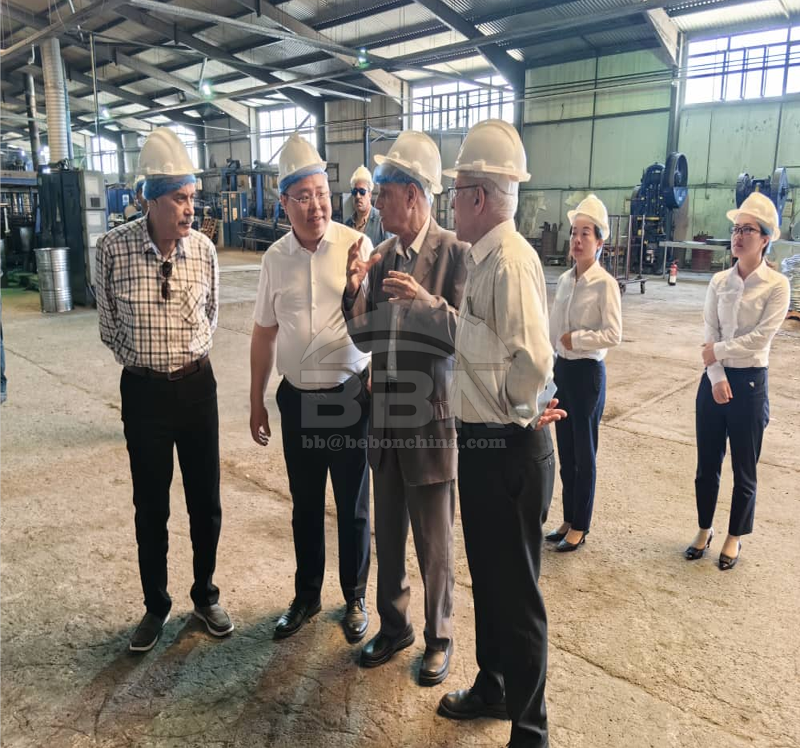
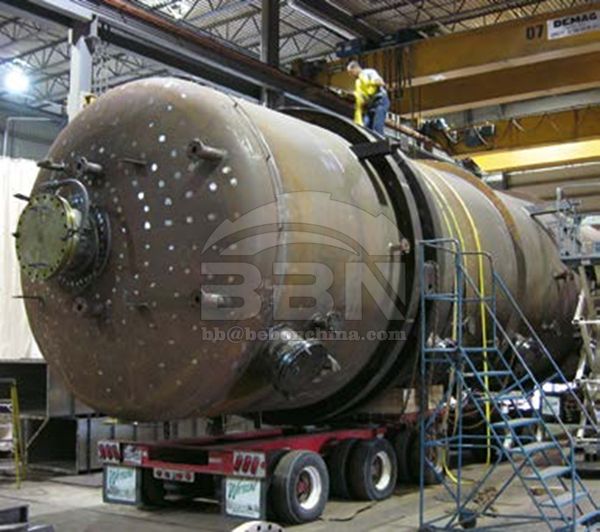


Henan BEBON Iron&Steel co.,ltd.